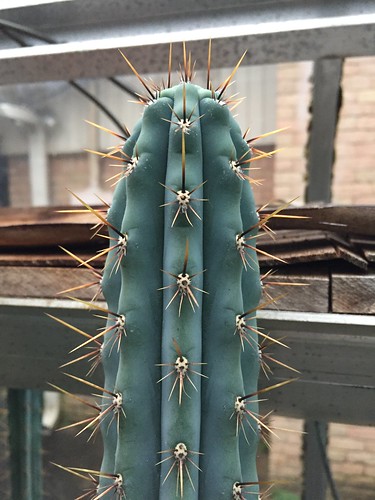E. Characterization of virus R120vGF. PCR amplification of the genes encoding thymidine kinase (TK) (lane A), virion host shutoff (vhs, UL41) (lane E) and chimeric EGFP (lane I) from R120vGF DNA. PCR amplification of the TK (lane B), vhs gene (lane F) and chimeric EGFP (lane J) from parental HSV1 strain d120 DNA. PCR amplification of the genes encoding TK (lane C), vhs (lane G) and chimeric EGFP (lane K) from HSV-1 strain F DNA. Negative PCR controls without having DNA (lanes D, H and M). PCR merchandise have been electrophoresed in 1% agarose gel. A 1 kb DNA ladder was used as a DNA dimension marker (lane L). F. Cells cultured in GM  and DM and mock-infected or infected with R120vGF at an m.o.i. of .1 had been subjected to SDSAGE 24 h p.i. and analyzed by immunoblotting with polyclonal anti-GFP antibody. In cells cultured in DM, the viral-linked GFP signal is substantially increased. Susceptibility to HSV-1 infection was also evaluated in undifferentiated (UND) or differentiated (DIF) OPCs. The two viral titer at 20 h p.i. decided by TCID50/ml (G) and immunoblot signal detected with a rabbit polyclonal anti-HSV-one antibody at 20 h p.i (H) is larger in differentiated cells.
and DM and mock-infected or infected with R120vGF at an m.o.i. of .1 had been subjected to SDSAGE 24 h p.i. and analyzed by immunoblotting with polyclonal anti-GFP antibody. In cells cultured in DM, the viral-linked GFP signal is substantially increased. Susceptibility to HSV-1 infection was also evaluated in undifferentiated (UND) or differentiated (DIF) OPCs. The two viral titer at 20 h p.i. decided by TCID50/ml (G) and immunoblot signal detected with a rabbit polyclonal anti-HSV-one antibody at 20 h p.i (H) is larger in differentiated cells.
The susceptibility of a human oligodendrocyte-derived cell line was previously assessed in our laboratory [13]. Right here, we analyze the result of oligodendrocytic differentiation on HSV-1 infection. HOG cells have been cultured in GM or DM and contaminated with HSV-one. Similar outcomes had been received by circulation cytometry analysis of HOG cells infected at an m.o.i. of .five with GFP-tagged HSV-one K26GFP. As proven in Figure 1B, a important enhance in the amount of GFP-expressing cells 24 hrs after infection was confirmed in cells cultured in DM in contrast to GM cultures. Immunoblotting assay also showed an increase in viral protein detection in cells cultured in DM in contrast to individuals cultured in GM (Figure 1C). To avoid variations in the number of cells in GM and DM cultures, we took into account the development rate of GM and DM cells, so that at the time of an infection, the number of cells in equally cultures have been the exact same. Although at twenty h p.i. the quantity of cells did not vary considerably, to LY-333531 hydrochloride handle the quantity of protein loaded, we carried out the experiment either loading equal amount of cells or equivalent volume of protein, acquiring related final results in equally instances. Ultimately, HOG 20159022cells had been cultured in GM or DM and infected at an m.o.i of .1 with HSV-one. Progeny virus was titrated to figure out the fifty% tissue lifestyle infective dose (TCID50)/ml. Soon after twenty h p.i., viral generate in DM-cultured HOG cells was significantly greater in contrast to cells cultured in GM (Determine 1D). To look into whether the increment in viral produce was due, at the very least in portion, to an boost in viral entry, we carried out the an infection of HOG cells using R120vGF, an EGFP-expressing recombinant HSV-1 lacking ICP4. Determine 1E displays PCR amplification of the genes encoding thymidine kinase (TK), virion host shutoff (vhs, UL41) and chimeric EGFP from R120vGF DNA (lanes A, E and I respectively) parental HSV-one pressure d120 DNA (lanes B, F and J respectively) and HSV-one strain F DNA (lanes C, G and K respectively).
